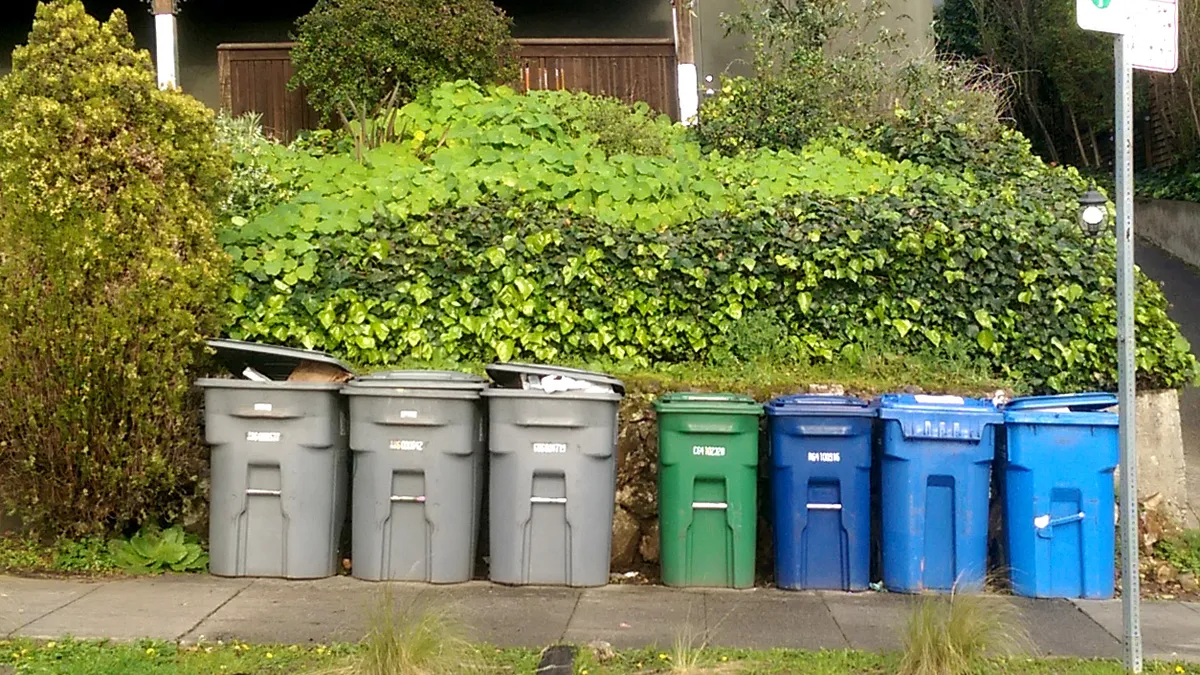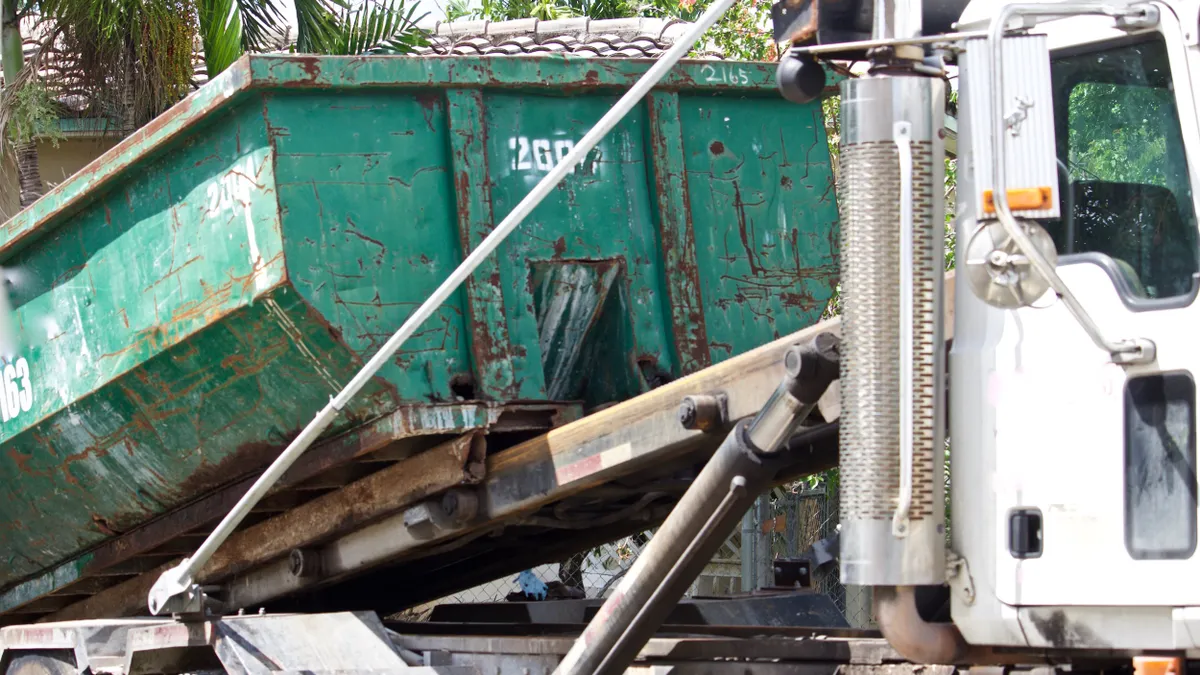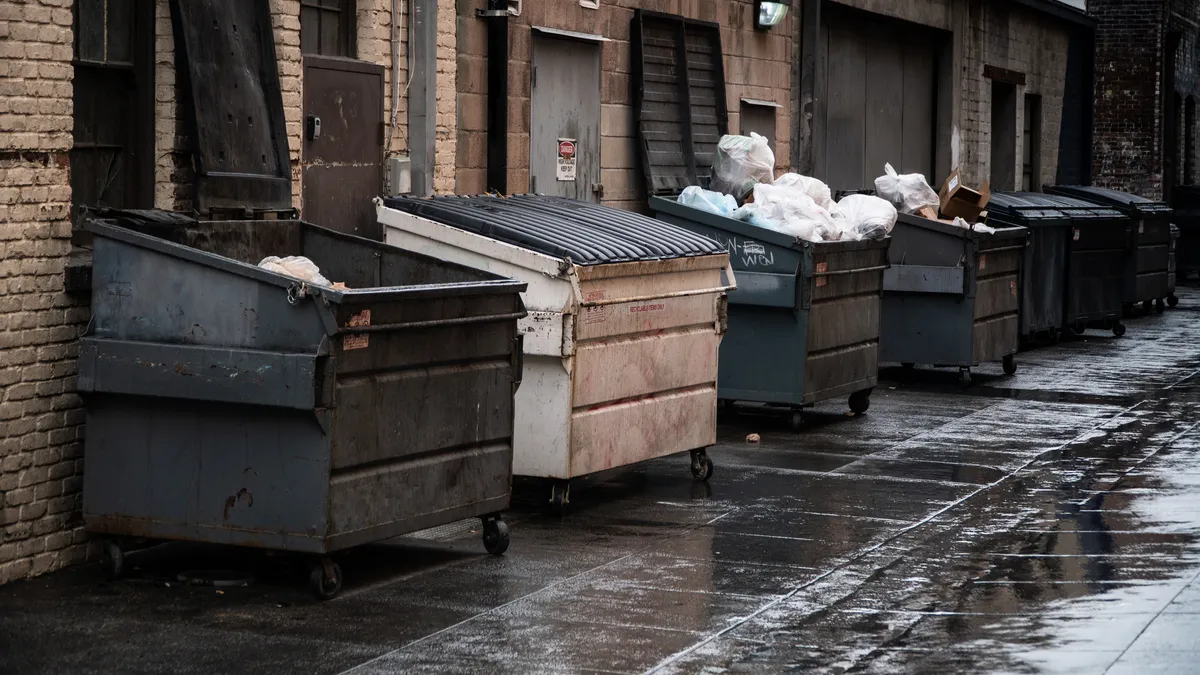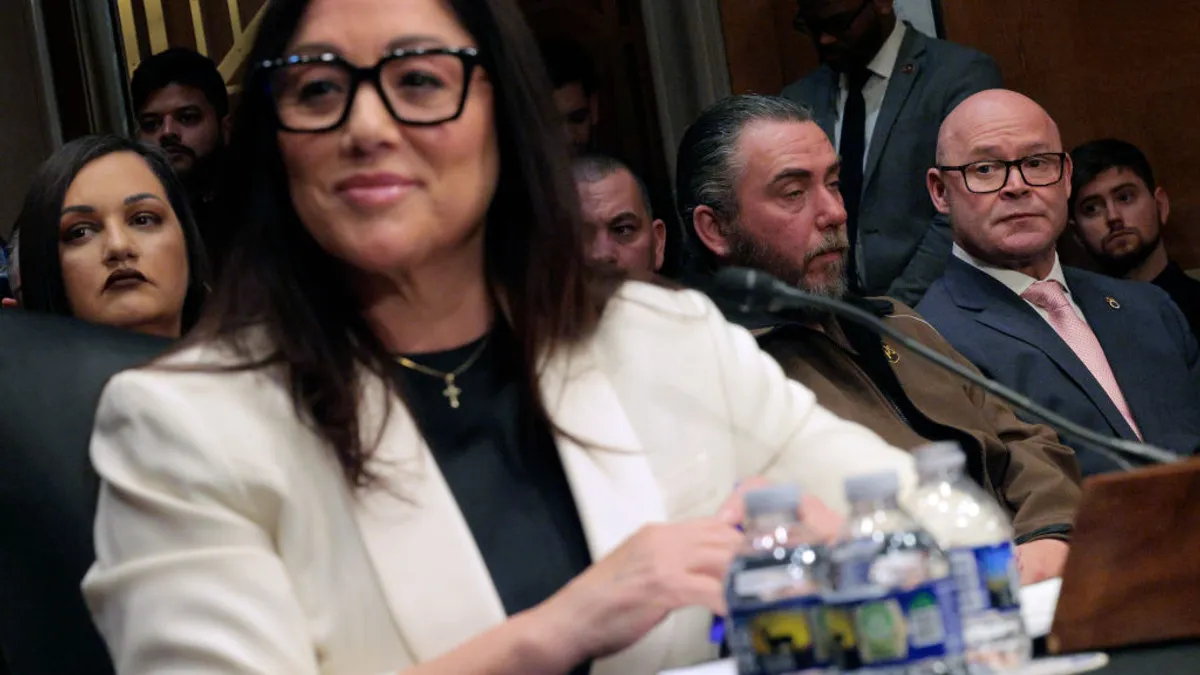A new standard for the solid waste and recycling industry is coming to fruition after years of work, with the potential to advance a broad range of sustainable materials management practices and bring better data to the sector.
After launching in 2016, the Solid Waste Environmental Excellence Performance (SWEEP) standard group recently put the last changes in its first offering to a final ballot for approval by members of a National Consensus Committee. Pending majority approval to the final changes in this version of the SWEEP+ standard it will be ready for use by pilot municipalities in the coming months, with a public version targeted for 2021 based on their feedback. Modeled in part on the LEED system for buildings, SWEEP's goal is to spur evolution in the industry and also encourage more coherent data reporting to help track national progress.
An earlier plan to have separate municipal and private sector standards has since evolved into one for all applicants, as the majority of credits involved are the same. The system will have three levels of standards that any eligible industry participant can apply for: SWEEP, SWEEP+ and SWEEP-Zero. SWEEP is designed to "stimulate improvements in the broad middle of the market," according to the final ballot draft.
“What we’re hoping is that we can create a standard that will really bring the majority of the market onto a common framework," said SWEEP Founder and Co-Chair Rob Watson, of a level that he anticipates around half of the industry could achieve.
SWEEP+, the first standard being voted on and piloted, is intended for "the top quartile" of the industry. Like SWEEP, it will have four sub-levels of achievement – certified, silver, gold and platinum. SWEEP-Zero, intended to be "a beacon Zero Waste standard for the most advanced and successful programs" will have one level and is likely to only be attainable for a select few in the beginning due to the high baseline requirements that are expected to be developed in the future.
Technical details
The volunteer-driven process has included feedback from a range of business, labor, municipal and other groups over the years. Waste Management is represented on SWEEP's steering and standard committees, along with Winters Bros., Blue Ridge Services, the International Brotherhood of Teamsters, GreenBlue and others. The Northeast Resource Recovery Association (NRRA) has been a foundational partner as well.
National groups such as the Solid Waste Association of North America (SWANA) and National Waste & Recycling Association have also been frequently engaged, among many others. NWRA does not currently support the standard.
SWEEP+ includes six categories worth a collective 100 points in total: "sustainable material management policy," "waste generation and prevention," "solid waste collection," "post-collection recovery" and "post-collection disposal." An additional "innovation" category also includes credits worth up to 10 points. Many credits are designed to be reciprocal, meaning a local government and a service provider could split the reporting duties and each qualify for shared actions.
SWEEP hopes to have as many as 15 pilot municipalities of varying sizes (excluding the largest cities) eventually take part, working in tandem with their industry partners, over a multi-month period. The first two to publicly announce participation are El Paso, Texas and Keene, New Hampshire. El Paso declined to comment, citing pandemic priorities.
Keene, a city of less than 25,000 and the largest in its county, serves as a regional hub through its MRF and transfer station. The city permits multiple haulers to offer subscription collection service, and directs them to its transfer station, but also has a fair number of residents who choose to drop off their own material. All of these factors can make locally-precise data hard to come by, according to Assistant Public Works Director Duncan Watson (Rob Watson's brother). This is indicative of broader challenges in comparing data within New Hampshire, let alone between other states.
“We don’t really have a universal standard," said Duncan Watson. "One of the problems that we have in reporting and looking at what one community is doing versus another in their programs is there is too much ability to manipulate the data to make something better probably than it really is."
Duncan Watson said Keene's own recycling rate may look lower using certain metrics, and is affected by inbound material from other communities, but the city would likely perform well under the SWEEP system. According to him, Keene has a reputation in the state for being ahead of the curve – installing a landfill gas capture system in the early 1990s, offering a wide range of recycling options and participating in regional efforts led by NRRA. He said SWEEP's emphasis on social equity would also reward decisions such as managing material locally, rather than externalizing possible environmental or labor issues by exporting it to international markets that may not have proven standards.
While he believes communities smaller than Keene may not see as much value in participating at first, in part because of reporting expectations, Duncan Watson thinks many like-minded places will join.
“We’re happy to share what we’ve done and having that recognition through the SWEEP certification process I think recognizes some of the thought and work that has been put into this, and been supported by the community," he said, pointing to the way LEED has become a common expectation for buildings. “I do believe that, maybe not completely within my career, we’ll see an adoption of this standard as the measure that communities will use to gauge both the efficiency and the economy of their programs."
Communities could also include SWEEP certification among expectations for future permitting or contracting processes, according to multiple participants in the development process. On the private side, companies that are certified might be seen as having a leg up and could also tout their status in sustainability reports or other areas.
Making that reporting process more efficient to expand participation has been a major task on SWEEP's end. Rob Watson said "in an ideal world, at some point we’ll be able to be in the standard reporting pipeline" and SWEEP Program Associate Will Zurier called it "one of the largest questions we get on our calls."
Zurier has spent time on coding to make the system simpler and doing an "extensive gap analysis" about needs among potential applicants. This includes efforts to streamline reporting capabilities for industry companies that can feed into reciprocal credits for their government customers. SWEEP has also been working closely with Re-TRAC Connect, which runs the U.S. EPA's Municipal Measurement Program, on reporting capabilities.
On the feasibility and scalability question, one group that has public and private sector members was optimistic about the potential for adoption beyond initial pilot cities.
"I expect others will seek to evaluate their waste and recycling programs using the SWEEP metrics," said SWANA CEO David Biderman via email, in reference to the initial pilot participants. "The learning from the SWEEP+ pilot will likely be very useful, as it will test the theory of SWEEP against the practical and challenging reality of collecting, processing, and managing waste materials (including recyclables). In addition, some local governments may be interested in SWEEP but unable to participate in the next 12 to 18 months due to budgetary limitations."
Big picture
While SWEEP continues to work through these technical details, a broader question many are asking is how it could affect the sector overall. Beyond spurring more data standardization – a long-running need – the expectation is this could possibly drive tangible operational changes.
One way that could happen is through SWEEP's partnership with the U.S. Green Building Council on its TRUE Zero Waste Certification. Designed for waste generators, TRUE touts adoption by hundreds of certified users around the country.
“We have companies that want to do the right thing, but they can’t find a composter," said Stephanie Barger, director of market transformation and development for TRUE, during a recent webinar. “We think working together will not only help our businesses make it easier, but for the waste industry or materials management industry we can help them be more successful and more sustainable."
J. Michael Huls, an adjunct professor at Santa Monica College with a decades-long career in multiple aspects of the sector, said this combination is what could help SWEEP have broader potential than it might on its own because the waste that local governments manage is only one part of the overall picture.
“That’s a shortcoming in SWEEP, is that many cities and the majority of local governments have absolutely no control over their waste," said Huls, who has been involved in the development process. “SWEEP is primarily to address the symptoms or effect [of waste creation], not the cause."
If SWEEP can motivate those at the bottom of that chain who manage the waste to start calling for changes at the top, among those that could be TRUE-certified, he sees great potential.
"It sort of reverses the course of our mighty rivers [of waste] and all of the sudden we’re going to go right up channel to all the tributaries, right to the head source of everything, and people are going to ask questions," said Huls. “SWEEP addresses and focuses on circular economy, and I think that’s the most important outcome for a lot of communities."
The work that has led to this point was guided with that in mind, and while it has been a complex multi-year process those behind SWEEP believe it will be worthwhile because of the inclusive approach.
“What we failed to do in LEED ... we didn’t go after the bleeding edge and we didn’t go after the mid-market," said Rob Watson, calling the latest version of SWEEP+ more advanced than LEED's early versions. “We're trying to be more comprehensive in our market transformation approach, and rather than rely on the top quartile of the market to pull everyone along we’re trying to join a longer train.”
This article has been updated to clarify NWRA's position.






















